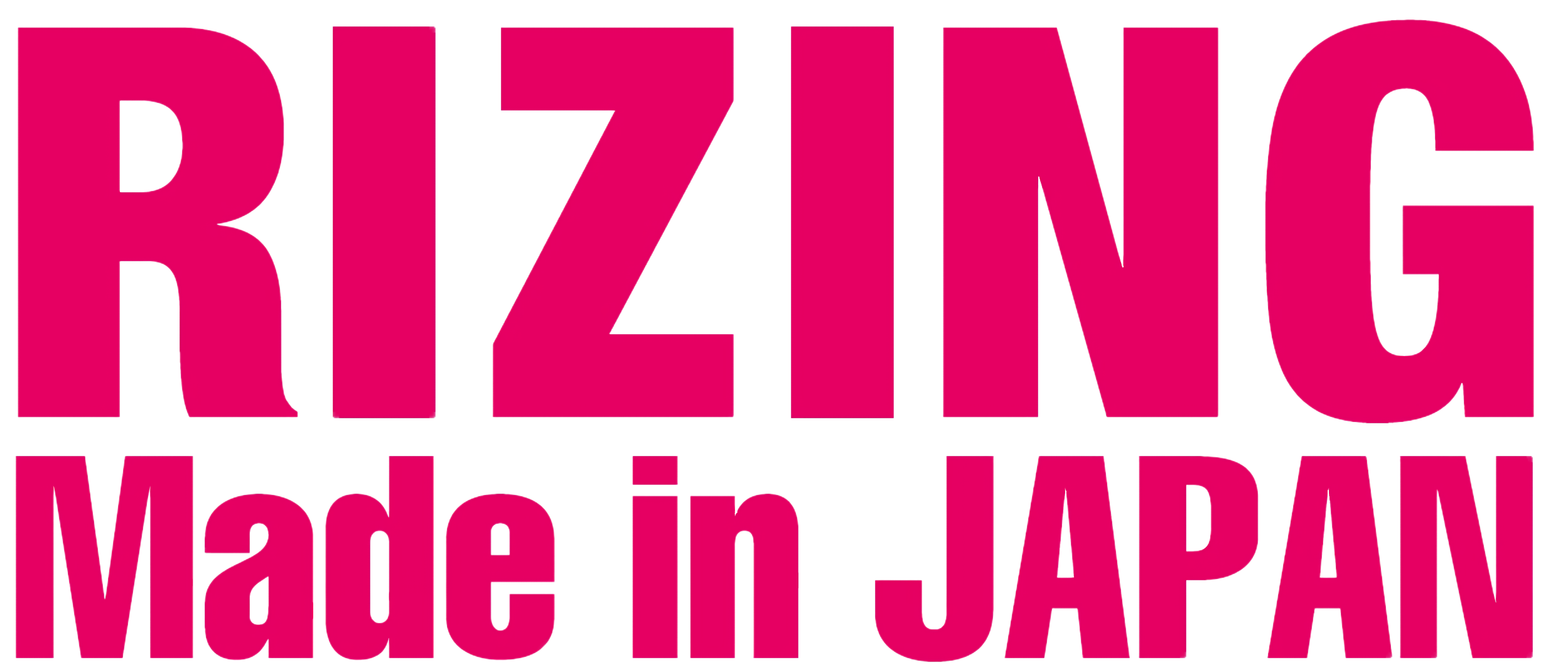The middle class has long been considered the backbone of modern economies and societies, serving as a stabilizing force amid economic fluctuations. Its definition and characteristics have evolved over time, influenced not only by economic developments but also by cultural, social, and political changes. In contemporary discourse, the concept of middle class is undergoing a significant transformation, raising questions about its sustainability and future in an increasingly polarized economic landscape.
Historical Context
Historically, the term “middle class” emerged in the late Middle Ages, when the expansion of trade and the rise of towns fostered a new economic group distinct from the aristocracy and peasantry. This class consisted primarily of merchants, tradespeople, and artisans. In the 19th century, the Industrial Revolution catalyzed the formation of a distinct urban middle class in Britain and later in other parts of the world, characterized by wage labor, education, and homeownership.
By the post-World War II era, the middle class in the United States and many Western countries expanded dramatically, fueled by unprecedented economic growth, technological advancements, and the proliferation of consumer credit. The U.S. Census Bureau defined a middle-class household in 1967 as one with an income between $3,000 and $13,999; adjusted for inflation, this would correspond to approximately $25,000 to $116,000 in 2021 dollars. During this golden age, the middle class was synonymous with stability, achieving homeownership, access to better education, and healthcare.
Current Demographics and Economic Indicators
Recent data reveals a more complex picture. According to the Pew Research Center, in 2021, middle-class households in the U.S. earned between $52,000 and $156,000 annually, representing 52% of the national population. However, the proportion of income captured by the middle class has been declining. In 1970, the middle class accounted for 62% of total U.S. income; by 2021, that figure had dropped to around 43%. This stark shift illustrates the widening economic gap between the wealthy and lower-income brackets, posing critical questions about the viability of the middle class.
The decline can also be attributed to a stagnant wage growth; from 1979 to 2019, real wages for middle-class workers increased by only 13%, while productivity increased by over 70%. This divergence indicates that although the economy has expanded, the fruits of that growth have not been equitably distributed.
Emerging Challenges
The changing landscape of work further complicates the traditional understanding of the middle class. The gig economy, marked by short-term contracts and freelance work, has emerged as a dominant model for many workers, providing flexibility yet lacking the benefits and stability associated with traditional employment. In 2021, approximately 36% of U.S. workers engaged in some form of freelance work, highlighting a fundamental shift in the nature of work that reinforces income instability.
Moreover, rising costs of living—particularly in housing, education, and healthcare—have severely strained middle-class households. According to the Joint Center for Housing Studies, nearly 30% of household income is spent on housing. Simultaneously, the cost of higher education has skyrocketed, with tuition fees increasing by over 200% since 1980. This financial burden contributes to the precariousness of middle-class status, as families increasingly find themselves living paycheck to paycheck.
The Global Perspective
Globally, the middle class is on the rise, particularly in emerging economies. The World Bank estimates that by 2030, about 3.2 billion people will fall into the middle-class category, primarily in developing countries like India and China, which contrasts sharply with the stagnation or decline of the mid-century middle-class ideal in many Western nations. However, such growth also comes with its challenges, as rapid urbanization and industrialization strain resources and infrastructure.
Conclusion
In conclusion, the middle class is a dynamic and multifaceted construct, shaped by an interplay of historical, economic, and social forces. As it stands at a crossroads, the future of the middle class is uncertain, fraught with challenges such as income inequality, economic instability, and changing employment landscapes. Policy measures aimed at bolstering the middle class, such as raising minimum wages, improving access to education, and affordable healthcare, are imperative. Without such actions, the concept of a thriving middle class may soon become an anachronism, with profound implications for societal cohesion and economic stability. The discourse surrounding the middle class must evolve, recognizing its pivotal role in shaping both economies and democracies in the 21st century.

